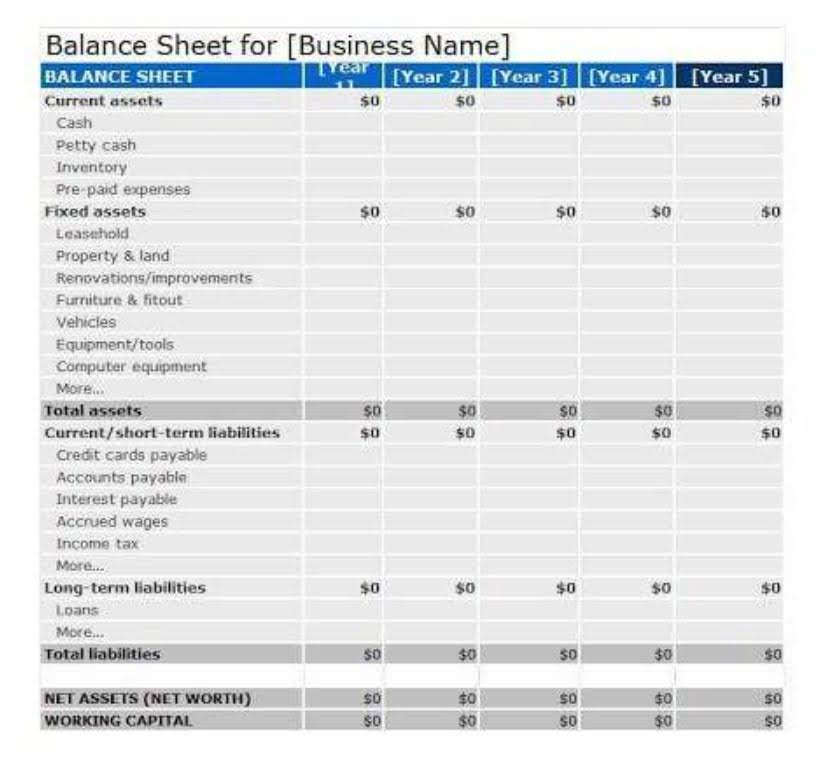
This systematic expensing matches the cost of using the property with the period in which the benefit is received. Therefore, when a business incurs an accrued expense, and that liability increases, the accrued expense account will have a credit entry. This aligns with the fundamental rules of debits and credits, where an increase in a liability account is always recorded as a credit. No, operating expenses and cost of goods sold are shown separately on a company’s income statement. This is because the cost of goods sold is directly related to the production of a product, as opposed to daily operations. The wages expense account includes the hourly rate paid to employees based on their work.
- Unlike expenses, liabilities do not directly impact a company’s profitability.
- Managing expenses manually can be time-consuming and error-prone.
- The expense account, which is typically found on the income statement, is debited to reflect the increase in the cost incurred.
- Assets are listed on the left side or top half of a balance sheet.
- For example, an accounting period can close on the 31st of the month, but the 31st lands on a Tuesday in the middle of a workweek.
Methods for Calculating COGS

In fact, expenses and liabilities have a dependent relation with each other. For example, accruing of several expenses lead to creation of liabilities with respect to payables. On the other hand, taking on liabilities may result in incurrence of subsequent expenses such as taking of a loan will result in accrual of interest to service the loan liability. In either case, recording of these expenses and liabilities appropriately is important as they impact profitability as well as financial position of the entity. An expense is a cost that must be incurred by an entity so as to generate business revenue. For example, a manufacturing entity would be required to pay rent to the owner of its factory building and wages to its workers so as to carry on its production activities.
Accrued Wages/Salaries

Current liabilities are financial obligations a business expects to settle within one year from the balance sheet date or within its normal operating cycle, whichever period is longer. These short-term debts are important for evaluating a company’s liquidity, which is a company’s ability to meet immediate financial obligations. Under the accrual method, you record financial transactions as they happen. This is opposed to cash-based accounting, where you record https://www.bookstime.com/ them when money changes hands.
Is Accrued Expense a Debit or Credit?
Living expenses are the expenses you pay to live your everyday life, and they likely don’t go away. Without knowing liabilities, it’s hard to measure net worth accurately. You might also deal with post-employment benefits, like retirement plans owed to workers.

Difference 4: Impact on profits and cash flow

When you’re running a business, chances are you’ll have to deal with both. There are a few key differences between liabilities and expenses, and knowing what they are can help ensure you’re making smart business decisions—now and in the future. Keep in mind that you only deal with accrued liabilities if you use accrual accounting. Under the accrual method, you record expenses as you incur them, not when you exchange cash. On the other hand, you only record transactions when cash changes hands under the cash-basis method of accounting.
Accounting Entries for Accrued Liabilities
For example, if you receive a bill from the electric company on June 1, that’s considered a liability because it’s recorded in accounts payable. Once the bill is paid, it becomes an expense on the income statement and the liability is removed. Accrual accounting is a method of accounting that recognizes revenues when they are earned and expenses when they are incurred, regardless of when cash changes hands. This provides a more accurate picture of a company’s financial performance than cash accounting. Accrued wages are the money your company owes its employees for work they’ve completed but haven’t yet been paid for. This commonly occurs when a pay period ends after a reporting period.
Taxes Payable: Navigating the Tax Landscape
These are the costs of borrowing money from creditors or are expenses a liability lenders. These are costs that are not related to the company’s core business. These include interest on borrowed money and loan origination fees. These liabilities are noncurrent, but the category is often defined as “long-term” in the balance sheet. Cut non-essential spending or boost income by taking side jobs. Lower balances on these liabilities improve your credit score and free up funds for other uses.

- For example, knowing you have $5,000 in accrued wages payable next month lets you factor that into your cash flow forecast and ensure sufficient funds.
- This method, accrual accounting, aligns costs with revenues for a more accurate view of your company’s financial position.
- Accrued expenses occur only when work has been performed but no bill has been received.
- For example, if the company delays paying a vendor, accounts payable increases, which could temporarily improve cash flow.
- This ensures that the expense is recognized in the period it was incurred, aligning with accrual accounting principles.
Liabilities often appear on the balance sheet, affecting the company’s assets and equity, while expenses appear on the income How to Invoice as a Freelancer statement, directly impacting net income. Liabilities refer to debts or obligations a business owes, while expenses represent the costs incurred to generate revenue. In accounting, liabilities refer to the financial obligations or debts that your company owes to external parties, such as lenders, suppliers, or even employees.
Accounts Payable
- For large-scale projects, accruals can be estimated based on the percentage of project completion.
- These strategies can have an immediate and profound impact on the bottom line.
- In such case when the expense is recorded, a liability amounting to $500 will be created in favor of the landlord.
- Lenders check your liabilities to decide if you can repay loans.
- Other names for income are revenue, gross income, turnover, and the “top line.”
Entities following US GAAP reporting requirements must use the accrual basis of accounting. The matching principle is one of the basic concepts within accrual accounting. If an entity receives a good or service, they must recognize the benefit of having done so, even if they have not made a payment. They do this by recording an accrued liability and recognizing an expense over the period of use.


